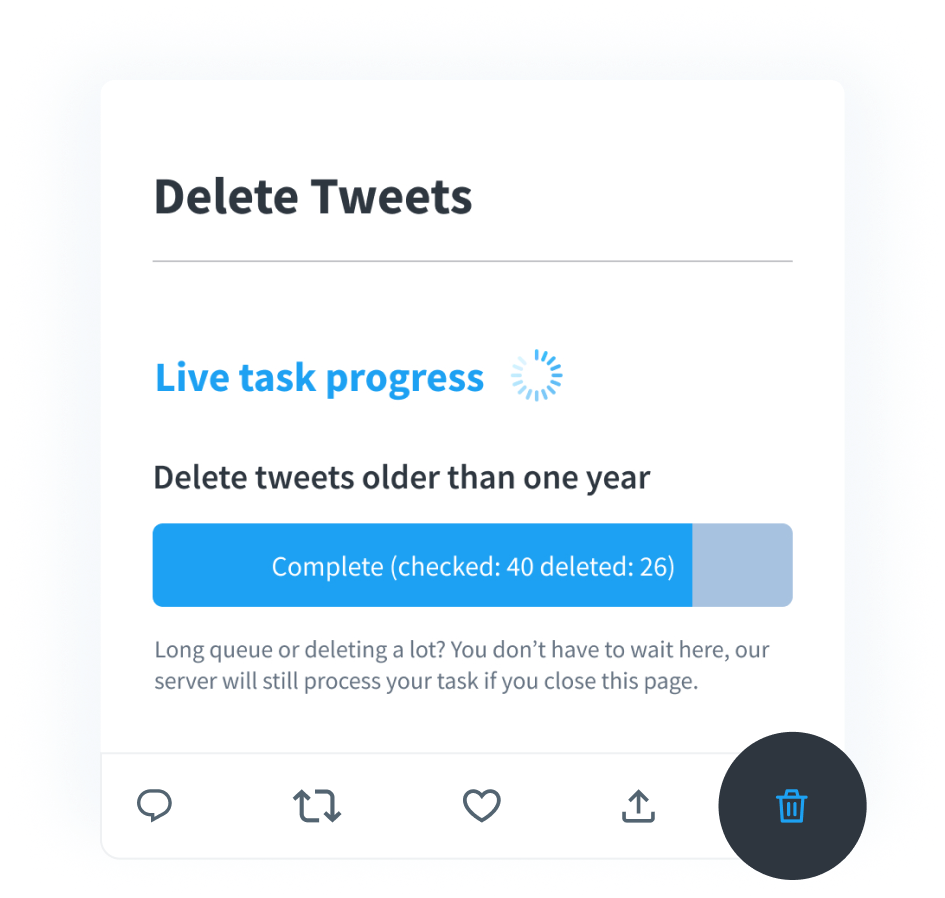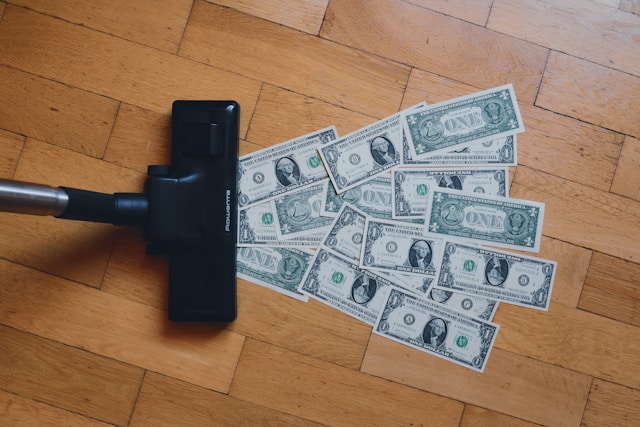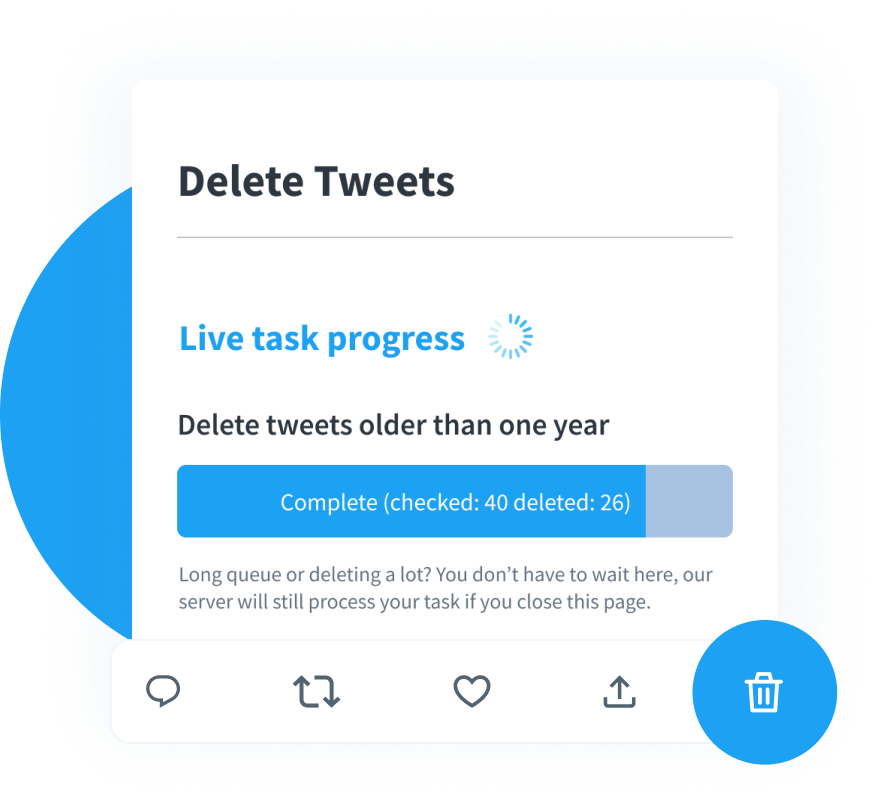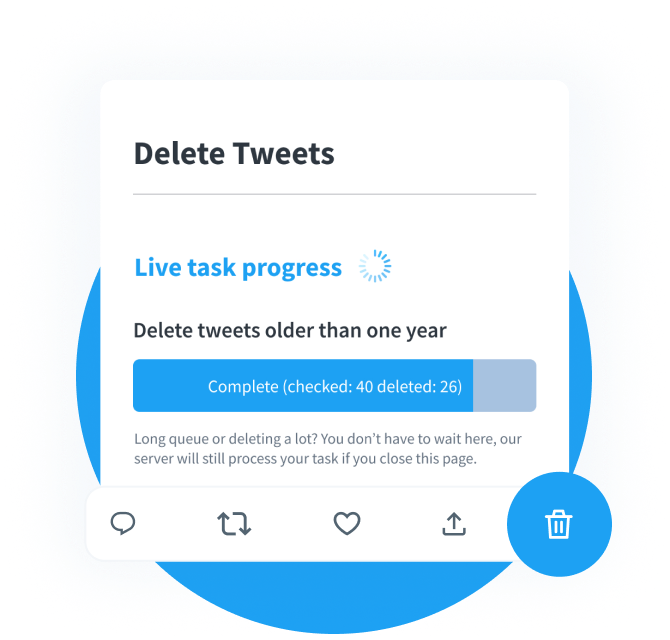Spam is prevalent on the internet, so you’ll find it anywhere you go in the digital world. Twitter, now X, like the rest of the internet, is in a constant battle to reduce spam on its platform. The social media network wants its users to connect with legitimate users. It also wants the conversations to be authentic, which is why spamming on Twitter is a bannable offense. But what kind of activity is spam to the platform?
How do you know if it’s a spam account other than receiving tons of irrelevant messages and replies? What should you do when you encounter spam-posting accounts? This blog focuses on providing answers to these questions. Moreover, it highlights what to look for as you use the social media platform.

Table of Contents
What Is Spam on Twitter?
Surely, everything can’t be spam on Twitter or X. What if hundreds of people wish a celebrity on their birthday? What if users put out several tweets (now posts) to congratulate an athlete for winning an Olympic event? As per Twitter’s definition, these types of content aren’t spam. The platform only considers messages and posts spam when they worsen the user experience. Also, they have to be recurring or unrequested.
X, formerly Twitter, considers spam as one of the many forms of platform manipulation. Why? According to Twitter, any aggressive, deceptive or large-scale activity to interrupt user experience or misguide people is platform manipulation. Spam also falls into the above categories.
The next natural question is, what does X, aka Twitter, consider spam? Well, here’s a brief explanation to answer this question:
- Content, i.e., posts and messages where the user wants to direct you elsewhere. This can be other programs, services, products, or Twitter profiles.
- Coordinating with other users or multiple accounts from one person to boost or manipulate tweet engagement. Or asking people to engage in illegal or policy-breaking behavior.
- Influence online discussions using scripts, automation and fake profiles.
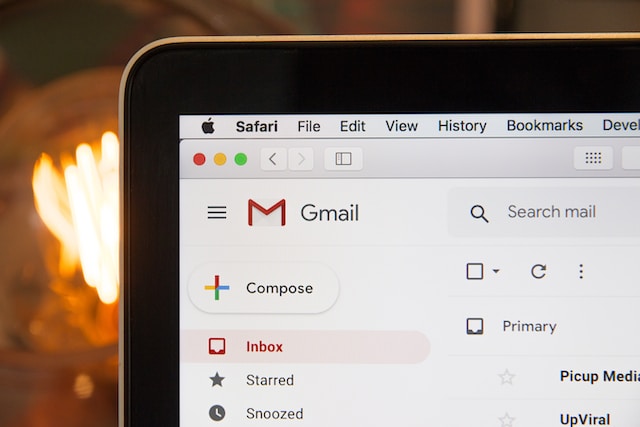
What Activities Should You Avoid?
If you want to avoid spamming on Twitter, it’s essential to know the dos and don’ts of the platform. This way, you won’t have to worry about X or Twitter taking action against your account. Given below are various examples of spam activities you should avoid at all costs:
Multiple Accounts
You can manage ten accounts using the same email address or phone number. However, if you engage in the following actions, the platform will label your content as spam:
- Creating multiple accounts to increase engagement for your or another user’s content. This can apply to polls, profiles, tweets (aka posts), trending hashtags, and topics.
- Using multiple accounts for the sole purpose of exploiting the platform’s reply or mention feature.
- Posting the same or similar content from the multiple accounts you manage.
Direct Messages (DMs)
If most of your DM history falls into these categories, Twitter will consider your DMs as spam:
- Sending large volumes of direct messages in a short period.
- Using the same or similar content in your DMs.
- Sharing links without any explanation
Posts
Twitter checks for the following activities in your posts to determine whether it is spam:
- Publishing several posts with the same or similar content.
- Posting tweets that only contain links.
- Copying the same content from another user and posting it.
Hashtags and Miscellaneous
Spam accounts exhibit the following behavior on Twitter, now X:
- Using multiple hashtags in tweets (or posts), but they are irrelevant to the content.
- Adding various hashtags to manipulate discussions.
- Redirect users towards another profile or a website outside the platform with hashtags.
Spam Accounts on Twitter: How Does X Deal With Them?
X has several ways to deal with spam accounts on Twitter. The platform uses various advanced technologies to detect spam. After the social media network identifies spam, it will take the following action:
- Complete an anti-spam challenge – This happens when the platform notices your activity resembles a spam bot. The social media network will ask you to complete a challenge to ensure a human is using the Twitter account. reCAPTCHA is a common technique Twitter uses to check if you’re a human or a bot.
- Delete the post – Twitter or X will reach out to the user and ask them to remove the spam post.
- Reduce the post’s visibility – Another enforcement option is to ensure the post isn’t easily visible to users on Twitter, aka X. It won’t appear on search or another person’s home feed.
- Label or block URLs – If the social network notices a URL belongs to its list of malicious websites, it will block the link. The platform can also label links as spam to ensure users are in the loop.
- Restrict the account temporarily – Twitter can temporarily lock your account. In other words, you won’t be able to post, reply, send DMs or host a Twitter Space.
- Permanently suspend the profile – The platform will suspend the account permanently if the violations are severe. For example, you create accounts with the goal of breaking Twitter’s rules.
The level of enforcement depends on the extent of the violations. In extreme cases of spamming on Twitter, it results in a permanent suspension.

What Is a Spam Bot on Twitter?
When talking about spam, it’s essential to know about spam bots. What is a spam bot on Twitter? Well, they are fake accounts on the platform that try to look like genuine users. Not all spam bots need to rely on automation. Some profiles have real people behind them. Like a legitimate user, spam bots can like, retweet (repost), leave replies and follow people. However, they focus on one thing – spreading spam, either through posts or DMs.
These bot profiles are problematic when it comes to spam on Twitter due to the following reasons:
- Promote scams – Spam bots will ask people to join pump and dump or ponzi cryptocurrency schemes. They’ll promote counterfeit products, services, illegal drugs, or illicit activities. Or, they’ll share links to phishing or malware-ridden websites.
- Engage in disinformation – Certain spam bots focus on spreading political disinformation. Remember, misinformation isn’t the same as disinformation. The behavior becomes disinformation when the person or bot deliberately shares inaccurate or false information. They want many users to see this content, which can influence their opinions. Spam bots focus on popular and polarizing topics like public health, conspiracy theories and politics.
How do you know if an account belongs to a spam bot? One option is to use a Twitter bot checker. Circleboom and FollowerAudit are two Twitter management tools that provide these key features.
How To Identify Spam Followers on Twitter?
Since you know the problem with spam on Twitter, how do you know if these users are following you? What should you look out for? Below is a list of behaviors that spam followers on Twitter commonly exhibit:
- They randomly become your followers – These users will follow your account out of the blue. They may engage with your posts by spamming the reply feature. Their replies tend to promote scams. Or, you’ll get a DM containing links that redirect you outside the website. For example, they’ll share a link to a giveaway, where you can win the latest iPhone if you pay $5.
- Their profiles are incomplete or look random – Spam accounts won’t focus on completing their profile. Even if they do, the information is random and strange. For instance, they may include a link in their bio. However, you have never come across this website before.
- Sometimes, they may try to include links to Telegram groups.
- Their usernames may contain a random bunch of numbers and alphabets. They may use the default profile picture.
- They only retweet, or tweets don’t add up – To make it look like a genuine user, the spam account may retweet (repost) random posts. Another technique is to publish a post (formerly a tweet). However, the posts barely get any engagement. Or it seems like they’re talking to the void.
However, accounts don’t need to exhibit these patterns of spam. They are constantly changing their strategies to avoid detection. For example, bad actors can use AI tweet generators to create content that doesn’t look like spam.

What Should You Do When You See Spam on Twitter?
Although Twitter, now X, constantly updates their processes and systems to detect spam, it won’t catch everything. If you come across spam on Twitter or X, you should first report it. Below are the guides to report spam posts or DMs:
Reporting a Twitter Post With Spam
- Open the post (or tweet) containing spam or breaks the platform’s rules.
- Tap the three-dot button next to the tweet or post and select Report Post.
- Tap Start Report and follow the instructions to submit the report.
Reporting DMs Containing Spam
- Go to the DM containing spam.
- Tap the button with an exclamation mark. It opens the conversation’s settings.
- Select Report Conversation.
- Complete the process to report the user.
After you submit the report, the platform will review the application.

A Final Breakdown of Mastering Twitter Spam
As spam continues to evolve, so do Twitter’s techniques to handle these types of content. The platform takes strict action against spam to prevent its spread. This can range from solving reCAPTCHA’s to permanent account suspension. If you notice spamming on Twitter, you should report it immediately. Also, avoid opening any links from users you don’t know.
Are there multiple posts in your account that the platform considers spam? This can happen if bad actors access your Twitter profile. Or did you promote several links that were spam? In these situations, you need to remove these posts. However, this can be challenging if there are hundreds of tweets. You’ll face the same issue if there are posts that are several months or years old. With TweetDelete, you’ll never face these problems. You can use the bulk-delete feature to remove as many posts as you like. There is also a filter to help you find tweets regardless of their age. Keep your profile spam-free with TweetDelete!
